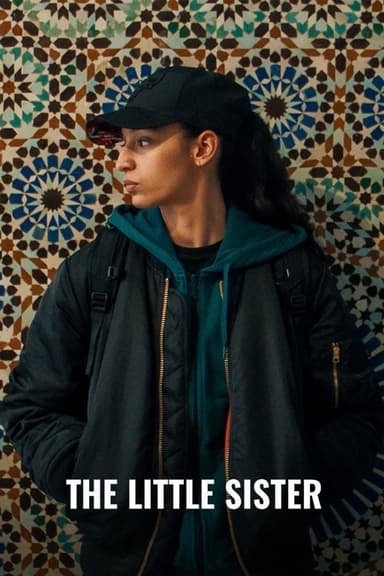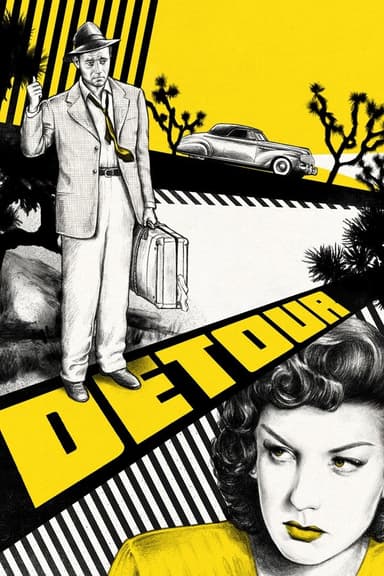
The Big Sleep
1946 • Crime, Mystery, Thriller • NR
Private Investigator Philip Marlowe is hired by wealthy General Sternwood regarding a matter involving his youngest daughter Carmen. Before the complex case is over, Marlowe sees murder, blackmail, deception, and what might be love.
Runtime: 1h 54m
Why you should read the novel
Raymond Chandler’s 'The Big Sleep' is a masterclass in hard-boiled detective fiction, drenched in atmosphere and vivid detail. While the 1946 film adaptation is acclaimed, the novel offers a much deeper dive into the mind of the iconic private eye, Philip Marlowe. Reading the book allows you to savor Chandler’s rich prose and razor-sharp narrative voice, which sets the tone for generations of crime writing.
The novel’s intricacies are best explored on the page, where Chandler’s wit and complex plotting truly shine. Marlowe’s inner observations, sardonic humor, and moral musings provide layers of meaning that are often glossed over in cinematic adaptations. For readers who relish character development and nuanced storytelling, the novel is an immersive experience that the film’s runtime simply cannot encapsulate.
Finally, 'The Big Sleep' offers a raw and unvarnished glimpse of 1930s Los Angeles, presenting a gritty world of crime, corruption, and temptation. The book uncovers shades of moral ambiguity and human frailty that are sanitized or left ambiguous in the film. For anyone captivated by noir, Chandler’s original text is both a thrilling and thought-provoking must-read.
Adaptation differences
One of the main differences between the movie adaptation of 'The Big Sleep' and Raymond Chandler’s novel lies in the complexity of the plot. The film, constrained by censorship and Hollywood runtime, omits or streamlines several key plotlines and relationships, notably downplaying or obscuring the more controversial aspects of the story, such as the explicit depiction of pornography and homosexuality that feature in the book. Chandler’s novel is more explicit in its exploration of the criminal underworld, while the film leaves much implied or coded to comply with 1940s moral guidelines.
Characterization is also notably altered in the adaptation. In the book, Philip Marlowe is a solitary, introspective, and somewhat cynical investigator, while the film, tailored as a Bogart-Bacall vehicle, gives their chemistry center stage. The character of Vivian is softened and made more sympathetic in the film, partly because of Lauren Bacall’s star persona and the decision to heighten her romantic subplot with Bogart’s Marlowe, making the tone less bleak and more glamorous.
The resolution of major plot points is handled differently between the two formats. The novel presents a more ambiguous ending, with certain mysteries left unresolved or only hinted at—a testament to Chandler’s belief that real life rarely offers complete closure. The film, however, is tidied up for clarity and censorship, providing more overt explanations and a neater resolution to ensure audience satisfaction.
Lastly, several characters and incidents are omitted or transformed, such as the role of Carmen Sternwood. In the novel, Carmen’s portrayal is darker and more explicit, particularly regarding her involvement in acts of violence and criminality. The film softens her depiction significantly, framing her as troubled and childlike rather than dangerous, to comply with the era’s Production Code and to focus attention on the leads' romantic interplay.
The Big Sleep inspired from
The Big Sleep
by Raymond Chandler














